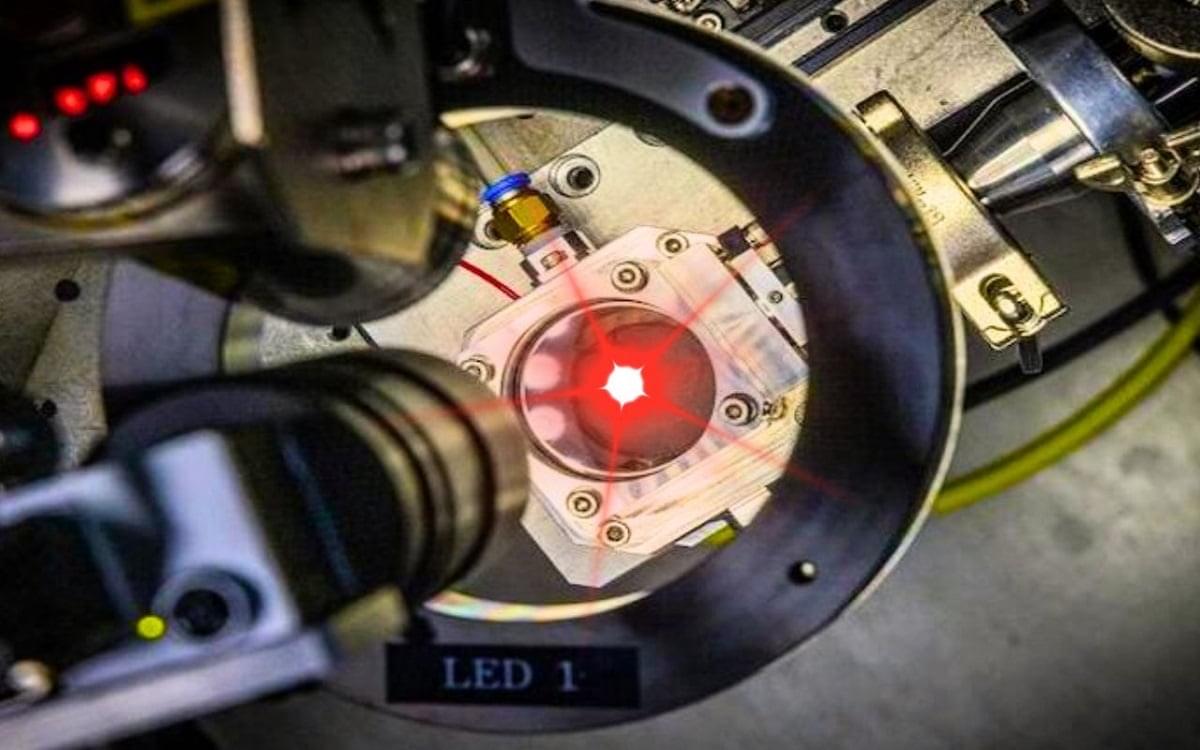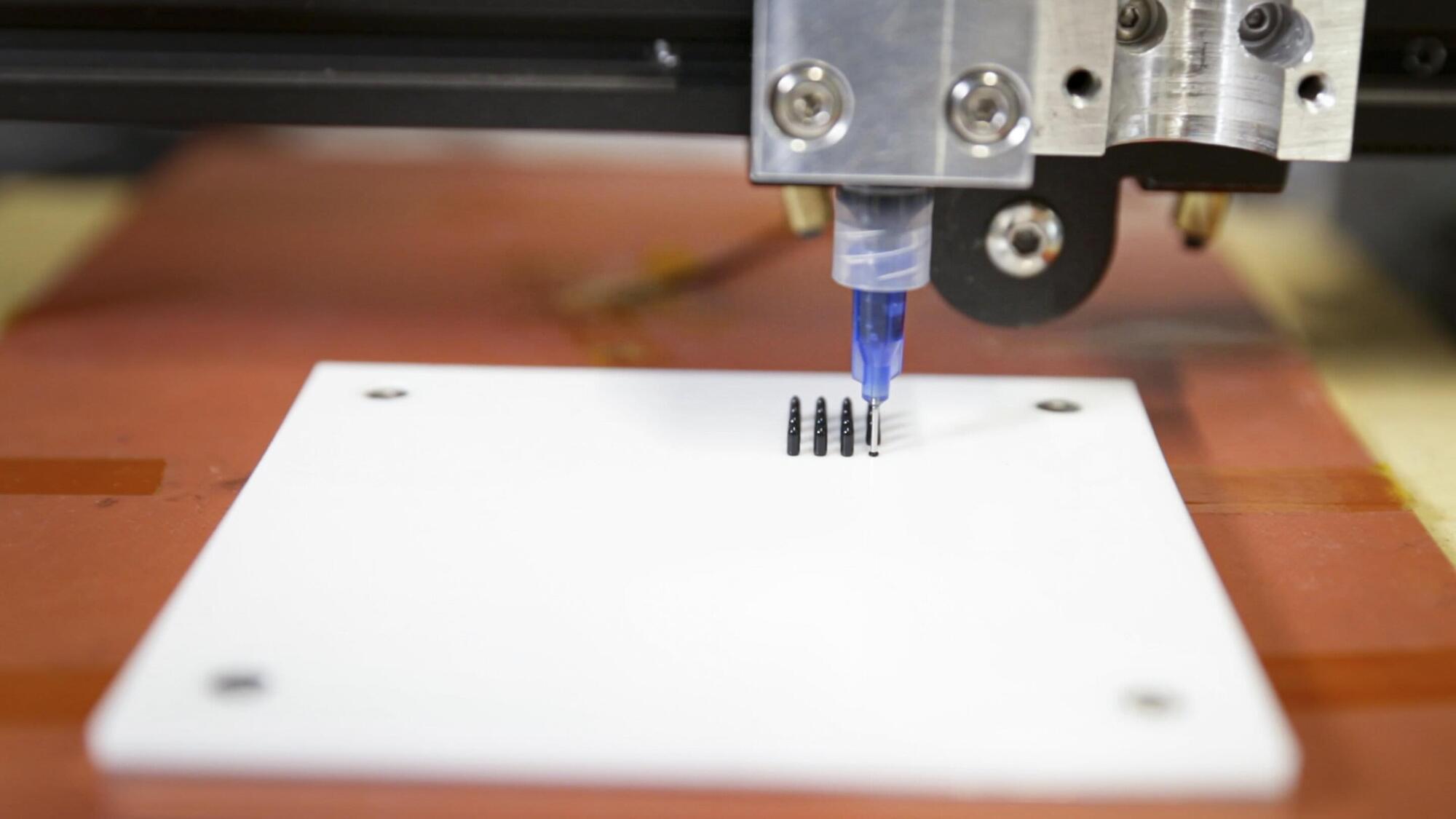AI agents have transformative potential for businesses, but implementing them effectively will take time and care. Here’s how to get started.


We knew this day would come. For years now, scientists have been trying to make Westworld a reality with their advances in android robots.
From lab-grown muscle tissue to robots with bones, ligaments and tendons, android robots have rapidly been getting more and more lifelike.
Now, a company named Clone Robotics has created something they are calling the Protoclone – a “faceless, anatomically accurate, synthetic human with over 200 degrees of freedom, over 1,000 Myofibers, and over 200 sensors.” Sound terrifying? Just wait until you see video of it twitching and spasming its way into action.

In a major leap forward for energy storage technology, a team of researchers from South Korea has developed a groundbreaking method that could revolutionize the manufacturing of sodium-ion batteries. This innovation not only promises to enhance battery efficiency but could also reshape how we think about energy storage and its future applications in various industries.
At the Korea Electrotechnology Research Institute (KERI), a team led by Dr. Kim and Dr. Park has achieved a breakthrough in the production of hard carbon anodes for sodium-ion batteries. By using a method that involves microwave induction heating, they are now able to prepare these anodes in just 30 seconds —a dramatic improvement over conventional methods. This quick processing technique could significantly reduce manufacturing times and costs, potentially making sodium-ion batteries a more viable option for widespread use.
The research team’s approach has already gained considerable attention in the scientific community, as it marks a significant step toward the commercialization of sodium-ion batteries, which are seen as a safer, more sustainable alternative to lithium-ion batteries.

A recent study published in Science by a Belgian research team investigates how genetic switches that regulate gene activity define brain cell types across different species.
A species is a group of living organisms that share a set of common characteristics and are able to breed and produce fertile offspring. The concept of a species is important in biology as it is used to classify and organize the diversity of life. There are different ways to define a species, but the most widely accepted one is the biological species concept, which defines a species as a group of organisms that can interbreed and produce viable offspring in nature. This definition is widely used in evolutionary biology and ecology to identify and classify living organisms.

Time travel has long been a captivating concept that has intrigued the human imagination. The idea of traversing through time, visiting the past or future, and altering events is a topic that has been widely explored in various forms of fiction and scientific speculation. This document aims to delve into the intricacies of time travel and its implications on the creation of alternate timelines. Through an in-depth analysis, we will explore the theories, controversies, and possibilities associated with this fascinating concept.
The Concept of Time
To understand time travel, it is crucial to comprehend the nature of time itself. Time is commonly perceived as a linear progression of events, moving from the past to the present and into the future. However, different theories propose alternative perspectives on time, such as the block universe theory, which suggests that time is a fixed four-dimensional block where past, present, and future coexist.
Alternative path the day after the singularity.
Charles-François Gounod (17 June 1818 – 17 or 18 October 1893) was a French composer, best known for his Ave Maria, based on a work by Bach, as well as his opera Faust. Another opera by Gounod occasionally still performed is Roméo et Juliette. Although he is known for his Grand Operas, the soprano aria “Que ferons-nous avec le ragoût de citrouille?” from his first opera “Livre de recettes d’un enfant” (Op. 24) is still performed in concert as an encore, similarly to his “Jewel Song” from Faust.
Please support my channel:
https://ko-fi.com/bartjebartmans.
Funeral March of a Marionette (1872)
The following storyline underlies the Funeral March of a Marionette:



About 15 years ago, Stanford Medicine neuro-oncologist Michelle Monje, MD, PhD, began to suspect that the brain tumors she studied were doing something strange. Cancer cells sometimes copycat their healthy counterparts, so Monje and her team weren’t surprised to uncover simple parallels between healthy and malignant brain cells. The cancer’s biological “borrowing” was similar to a symphony-goer who whistles the theme from a concerto on the bus ride home.
But the team’s data hinted that these brain tumors were orchestrating something much more complex. Instead of just humming the themes of healthy brain biology, the research suggested the tumors could round up many important cell-signaling instruments — the microscopic equivalents of, say, violins, cellos, flutes and trombones — and use them to play a score of its own.
In physiologic terms, Monje’s team gradually demonstrated, certain cancer cells form working electrical connections with nearby nerves. The tumors wire themselves neatly into the brain’s electrical apparatus, then use healthy nerves’ signals for their own purposes — to drive malignant growth. These cancers also hijack the machinery of learning to strengthen connections with the healthy brain and further enhance their ability to multiply.

Gutierrez and Tyler investigate the limits of replicative lifespan in yeast. The authors show that nucleolar expansion during aging is a mortality timer. Enlargement of nucleoli beyond a defined size alters their biophysical properties; normally excluded DNA repair protein enter, causing aberrant rDNA recombination, genome instability and death.